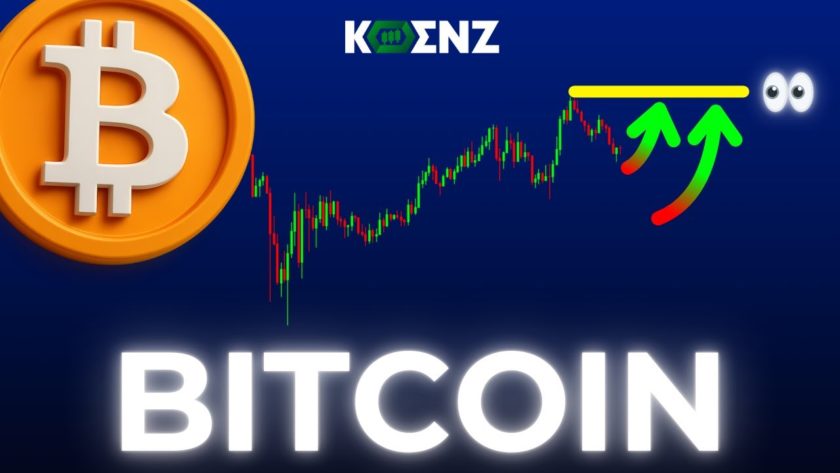A CME Group report shows that the ETHBTC pair is heavily influenced by various factors, including tech stock performance, the US dollar strength, and Bitcoin (BTC) supply changes.
ETHBTC tracks tech stocks
Cryptocurrency enthusiasts often monitor the performance of technology stocks as it significantly influences ethereum’s value more than bitcoin’s.
According to Erik Norland, a senior economist and executive director at CME Group, ETH is likely to rise against BTC, on days when tech stocks surge.
The different effects on Ethereum and bitcoin are due to their distribution and utility.
The analyst highlighted the practical use of Ethereum’s smart contract network, contrasting bitcoin’s main function as a highly fluctuating store of value and defense against fiat depreciation.
While both coins are recognized for their volatile prices, their exchange rate appears fairly steady, with about 30% daily volatility over the past year, compared to bitcoin’s 42% and ethereum’s 59%.
He further observed that Ethereum typically climbs even higher, and when Bitcoin descends, Ethereum usually drops more severely.
However, the correlation between the two cryptocurrencies has been tight over the past year at 0.85.
US dollar’s influence
The report suggests that Ethereum is more vulnerable to fluctuations in the US dollar, and the ETHBTC rate is more affected by changes in bitcoin’s supply than ether’s supply.
The analyst picks out that a stronger USD negatively impacts ETH more than BTC.
The correlation between ETHBTC and interest rates, gold, and crude oil futures is minimal. Norland observed that Ethereum’s supply tends to increase after its price rises, indicating that price changes drive supply rather than the other way around.
Lastly, if BTC price surges ahead of its next halving in April 2024, as it has trends in the past, this could further boost Ethereum’s relative price.
Impact of supply changes on Ethereum and Bitcoin
According to the report, ETHBTC might react more strongly to changes in BTC’s supply than to changes in ETH’s supply. This is because changes in BTC’s economics greatly influence the ETHBTC exchange rate.
The supply of BTC, which is perfectly inelastic and predetermined by its algorithm, along with its halving events, has resulted in significant price run-ups and subsequent bear markets.
Additionally, the number of daily transactions on the BTC blockchain, a potential proxy for BTC demand, might also influence ETH prices.
The Ethereum supply has not been a driving factor behind its price behavior during its proof-of-work (PoW) era. Instead, the ETH supply increased when prices were higher relative to BTC, and vice versa.



